Iran's return to the world oil market has helped increase oil supplies, promising economic recovery for this Islamic country.
Source: REUTERS
Secretary General of the Organization of the Petroleum Exporting Countries (OPEC) Haitham Al Ghais said that the group would welcome Iran's full return to the oil market once sanctions against the country are lifted. Mr. Ghais added that Iran has the capacity to increase its oil production significantly in a short period of time, and expressed his confidence that Iran is a responsible member of OPEC. Mr. Ghais is sure that all parties will cooperate well and synchronously to ensure that the market will remain balanced as OPEC has done for many years.
In March, Saudi Arabia and Iran announced the restoration of diplomatic relations after years of tension, in an agreement brokered by China, the world's second largest oil consumer. This means that Iran has enough legal basis to expand its oil export market to the world, increasing the world's oil supply.
Remember, in a surprise move in early April 2023, Saudi Arabia and other members of OPEC+ (a group that includes OPEC and major producers outside the bloc) announced an additional oil production cut of about 1.2 million barrels per day. That decision brought the total production cut volume of OPEC+ to 3.66 million barrels/day, according to calculations by Reuters news agency. This caused world oil prices to suddenly increase, causing many countries around the world to fall into difficulty.
Regarding OPEC's decision to voluntarily cut production and its impact on oil prices, Secretary General Ghais said that OPEC does not target a specific price level. Every action and every decision of the group is made to balance global oil demand and supply.
Iran has underground oil reserves of about 132.5 billion barrels (about 11% of the world's reserves), is the world's second largest oil producer after Saudi Arabia and has the world's second largest natural gas reserves, about 15%, after Russia. However, this Islamic country has been sanctioned by the US and the United Nations (UN) regarding its nuclear issue.
Accordingly, in 2018, after the US withdrew from the nuclear agreement between Iran and the P5+1 group (including the UK, France, the US, Russia, China and Germany) signed in 2015 and re-imposed sanctions on Iran, Iran's oil exports were significantly affected as many countries stopped buying its oil.
Most recently, on March 9, the US also imposed additional sanctions on about 39 entities that Washington said facilitated Iran's access to the global financial system. Former US Treasury official Brian O'Toole said that this move by the US will continue to affect Iran's oil and gas exports.
However, despite US and UN sanctions, Iran still exports oil in many different ways. Notably, in 2022, the country's oil exports increased by 83 million barrels compared to the previous year and increased by 190 million barrels compared to the level from March 2021.
Iran's Tasnim news agency quoted Oil Minister Javad Owji as saying that the country's oil exports have reached their highest level in four years, since 2018, when the US re-imposed sanctions on Iran.
In mid-May 2023, Iran and Russia signed 10 cooperation documents in the oil industry in the capital Tehran. Shana news agency, affiliated with the Iranian Oil Ministry, said the newly signed documents include six memorandums of understanding (MoUs), two contracts, an agreement and a roadmap related to bilateral cooperation in the fields of industry, technology transfer and enhanced oil recovery.
Iran's return to the oil market after sanctions has opened up prospects for this Islamic country to soon restore its economy to match its position among the world's leading oil nations.
HN synthesis
Source link


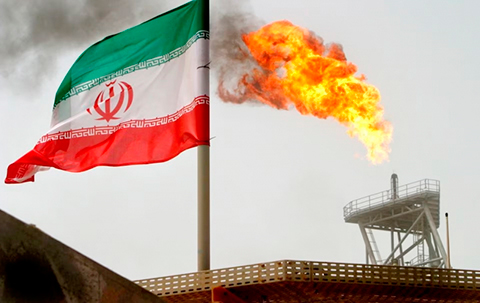

![[Photo] Prime Minister Pham Minh Chinh chaired a meeting to discuss solutions to overcome the consequences of floods in the central provinces.](https://vphoto.vietnam.vn/thumb/1200x675/vietnam/resource/IMAGE/2025/10/29/1761716305524_dsc-7735-jpg.webp)

![[Photo] Flooding on the right side of the gate, entrance to Hue Citadel](https://vphoto.vietnam.vn/thumb/1200x675/vietnam/resource/IMAGE/2025/10/28/1761660788143_ndo_br_gen-h-z7165069467254-74c71c36d0cb396744b678cec80552f0-2-jpg.webp)

![[Photo] National Assembly Chairman Tran Thanh Man received a delegation of the Social Democratic Party of Germany](https://vphoto.vietnam.vn/thumb/1200x675/vietnam/resource/IMAGE/2025/10/28/1761652150406_ndo_br_cover-3345-jpg.webp)














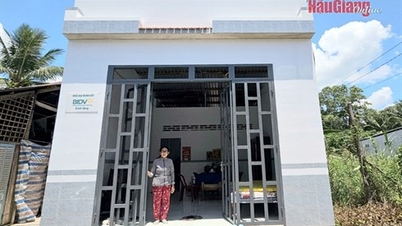

![[Photo] Draft documents of the 14th Party Congress reach people at the Commune Cultural Post Offices](https://vphoto.vietnam.vn/thumb/1200x675/vietnam/resource/IMAGE/2025/10/28/1761642182616_du-thao-tai-tinh-hung-yen-4070-5235-jpg.webp)






















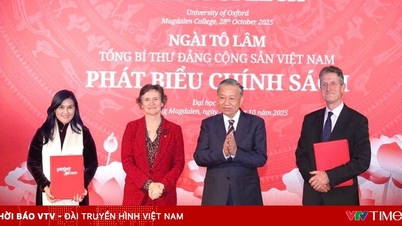





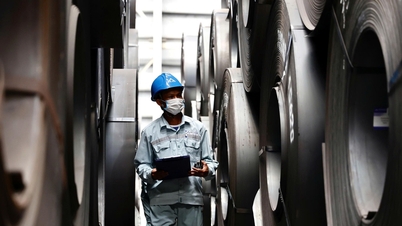






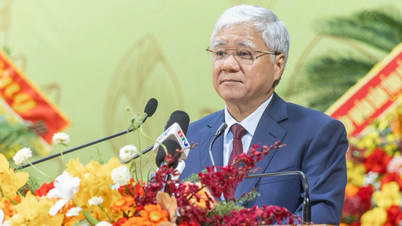
![[Infographic] Vietnam's socio-economic situation in 5 years 2021-2025: Impressive numbers](https://vphoto.vietnam.vn/thumb/402x226/vietnam/resource/IMAGE/2025/10/29/1761730747150_anh-man-hinh-2025-10-29-luc-16-38-55.png)

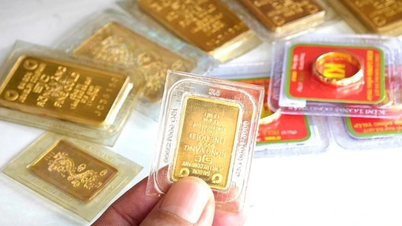
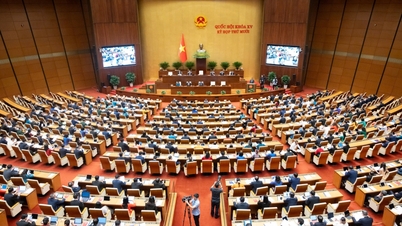
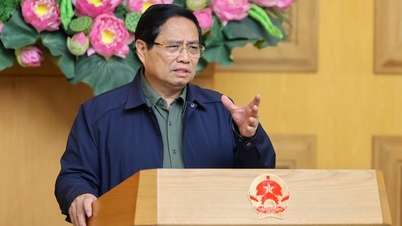
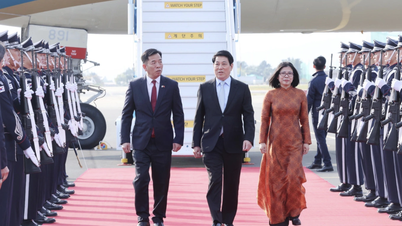



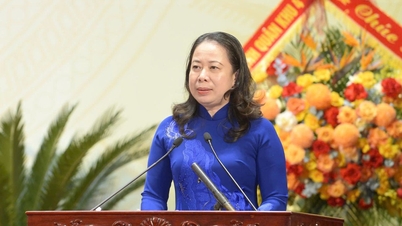

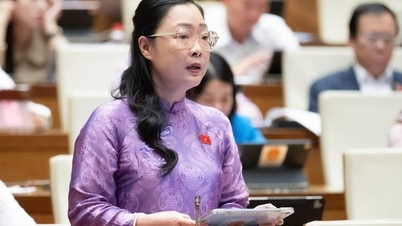
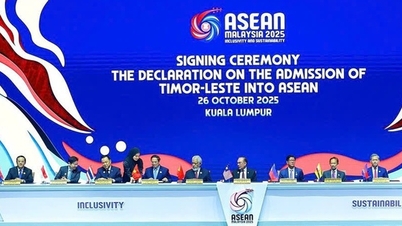
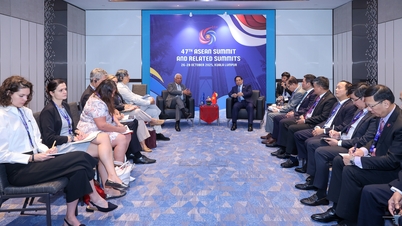





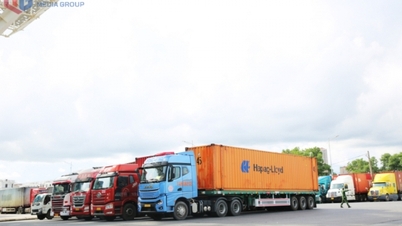


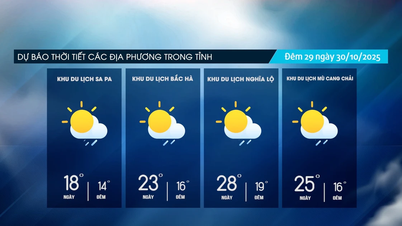

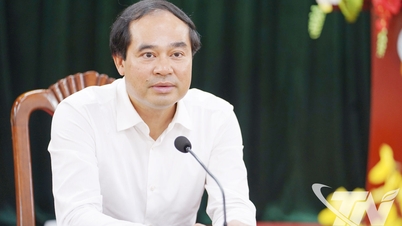


















Comment (0)